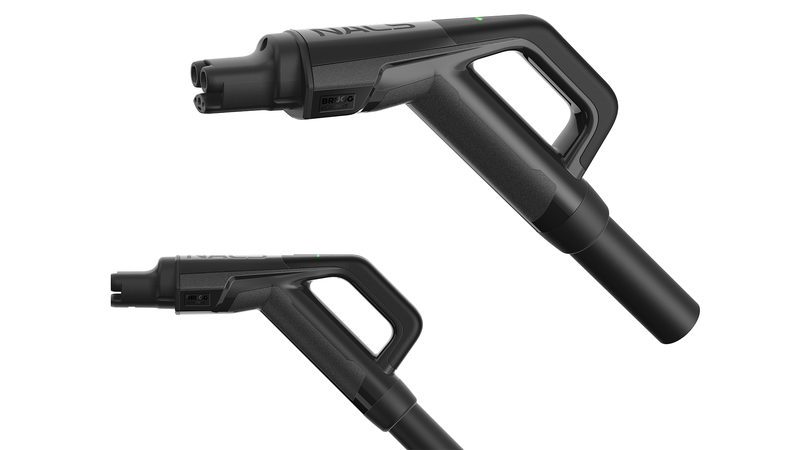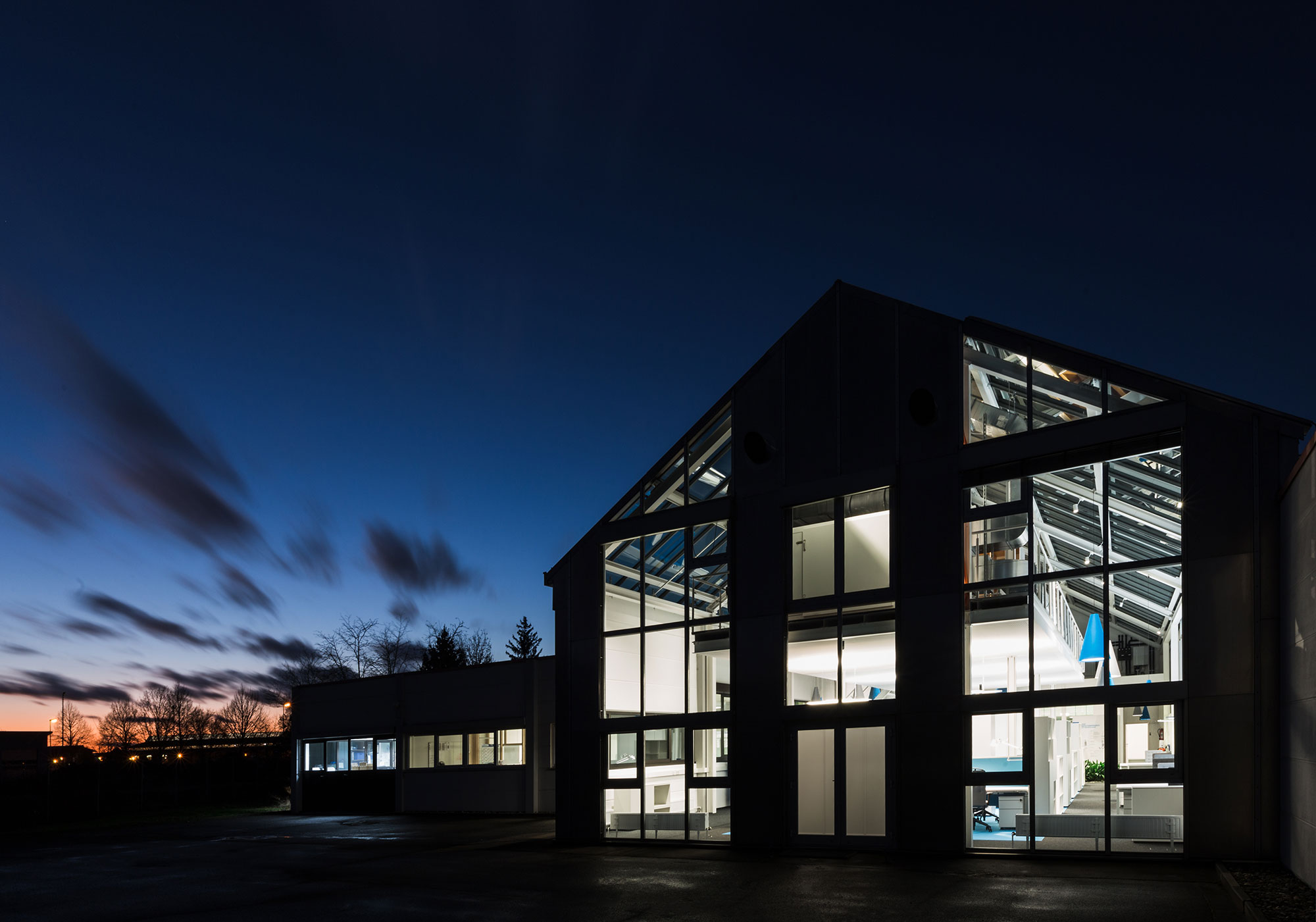Next-generation charging infrastructure
Even if the topic of e-mobility is currently somewhat less present due to many other global political events, development is continuing and it is clear that a lot is still possible in this segment. We are currently on the home straight with the first part of a new generation of charging plugs for Brugg eConnect. This includes the NACS plug variant for the American market and the CCS - 2 for the European market. All variants are available with a charging capacity of 250 A, 375 A and 850 A. At the same time, an initial concept for a megawatt charging plug (MCS) for up to 3000 A has already been developed. These high currents require a correspondingly efficient cooling system, which was the central challenge in development. The combined support of product design, engineering, modelling and project management from the initial concept through to series production once again demonstrates our strengths in cross-departmental development projects.
Every passionate developer knows what it's like to feel excited at the first presentation of their development. That's how we felt when we received the pictures from the EXA trade fair in Perth (Australia) at the beginning of the year. For the first time, our customer Brugg eConnect presented the connector family to a larger audience. Although it was only the first functional samples on a distributor's stand, there was a lot of interest and the time pressure on us to get the products onto the market quickly increased accordingly.
We are currently in this development phase and are working flat out to finalise the details with suppliers, manufacturing partners and Brugg itself. Above all, the planning / implementation of the approval and the consideration of all relevant standards for the American market once again proved to be a technical challenge. On the one hand, the external contour is extremely limited by the Tesla-initiated standard and hardly allows any degrees of freedom for a complex cooling system, on the other hand, not even Tesla always complies with this standard for its vehicles. Furthermore, the high IP protection class is technically not a 0815 issue, even after being driven over by a car. This requires very precise coordination of the components with each other, a finely tuned tolerance analysis and the right choice of materials. The concept status was regularly validated and optimised during development by means of a correspondingly large number of different functional samples (RP samples, milled samples, etc.).
Due to the normative specifications for the different plug variants, the degree of freedom for overarching recognisable features in the product design was also limited. At the same time, it was important to realise a design that was not too dominant and timeless, which would fit as many charging stations as possible and still harmonise with all car brands. Through close coordination with the engineering department, every millimetre of the housing design was fought for.
We would like to thank the project team from Brugg and Querdenker Engineering, who were responsible for the electronics development, for their excellent cooperation. We can hardly wait for the new products to finally go into series production.








